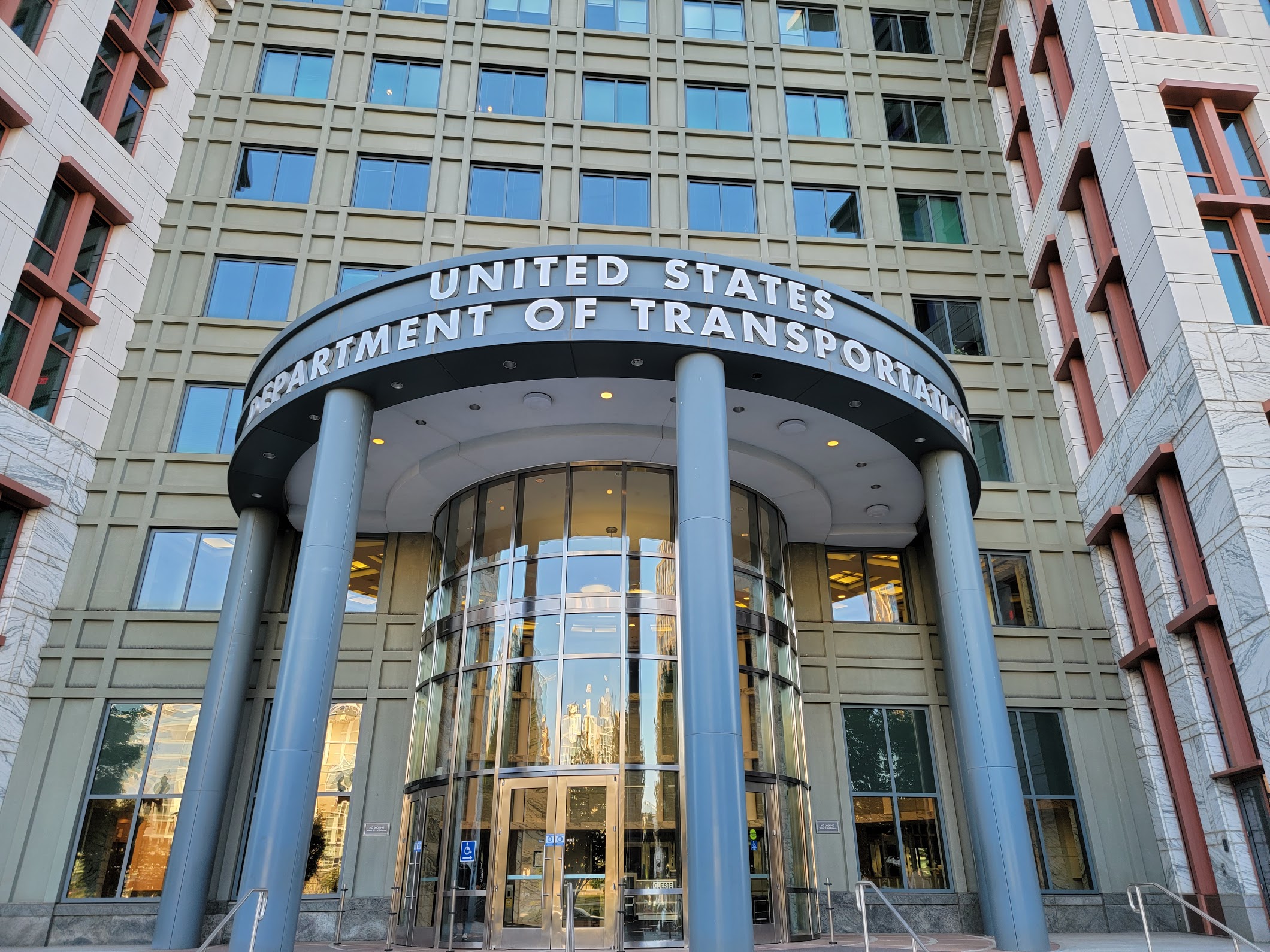The government shutdown seems like it is going to end very soon at least in part. Staffers who weren’t in D.C. started heading back on Thursday, coinciding with the announced plan to start cutting flights to reduce the strain on the FAA’s Air Traffic Control organization.
The Republican Senate Majority Leader says they’re going to hold a vote on paying federal workers, even before working out funding the government as a whole, though work on that is expected to happen in earnest over the weekend. (HT: @DavidShepardson)
NEW: Senate Leader Thune says he expects the Senate to stay this weekend.
Still determining what they may vote on and when.
This to one of the largest reporter scrums at that office I've ever seen. (Maybe b/c Thune is literally the only leader visible today, so far.) pic.twitter.com/tcw99Cv6mn
— Lisa Desjardins (@LisaDNews) November 7, 2025
Thune on what's happening today: “We’re going to vote to pay federal workers”
On a funding bill: “I would expect that we’re going be here though the weekend”
“Our members are going to be advised to be available if in fact there’s a need to vote"
— Burgess Everett (@burgessev) November 7, 2025
My guess has been that getting past Tuesday’s election was necessary to make a deal, and that with the results of the election and polling moving against the Administration it’s likely some deal besides ‘a clean continuing resolution to fund the government’ without full capitulation on demands for health care funding probably became possible.
In the meantime, the FAA has published its order limiting aviation operations, and there are some differences between it and previous statements.
- The order cuts total scheduled domestic operations by 10% between 6 a.m. and 10 p.m. local time at each of 40 identified high operations airports, with phase-in from November 7 – 14 and then maintained on a 7-day rolling schedule.
- By 6:00 a.m. EST Nov 7: 4%
- By 6:00 a.m. EST Nov 11: 6%
- By 6:00 a.m. EST Nov 13: 8%
- By 6:00 a.m. EST Nov 14 and after: 10% (maintained on a 7-day rolling schedule).
So November 8 – 10 remains 4% rather than ramping up each day, and the rolling 7-day list requirement kicks in on November 8. Airlines have to have their November 15 10% reductions set by then. That means even if the government shutdown ends, November 9, airlines may already have cut flights a week ahead. It remains to be seen how many would be re-instated. - By 6:00 a.m. EST Nov 7: 4%
- Reductions are computed by marketing code but any one operating certificate can’t be cut more than 15% to avoid airlines completely hammering their regional carriers. (This still acknowledges that disproportionate cuts will be made to regional carrier operations which affect fewer passenger per flight than mainline.)
- Airlines must email daily reduction lists to FAA Slot Admininistration. The FAA can force changes to avoid disproportionate impacts on specific airports.
- The Department of Transportation asked Justice not to bring antitrust enforcement for limited, airline antitrust counsel-supervised coordination among airlines to the extent needed to implement these temporary cuts.
- There are civil penalties up to $75,000 per excess flight (or $16,630 for small businesses).

I’m onboard an American Airlines flight to Austin as I write this. We were delayed due to air traffic control staffing there. When staffing triggers hit an airport, the FAA can reduce general aviation (private) operations up to 10% at the same 40 identified airports (explicitly including Teterboro, Houston Hobby, Dallas Love Field, etc.).

There will be no commercial space launches or reentries during the 6 a.m. – 10 p.m. window, allowing only overnight space operations.
When an air traffic control facility is short-staffed, they may withhold lower-priority services, including VFR radar advisories; VFR pattern work; practice approaches; flight-check services to restore navaids/approaches; parachute operations support; and may also decline to activate Air Traffic Control Assigned Airspace to give military users a continuous vertical block for high-altitude operations and Military Operations Area to separate certain military training (e.g., air combat maneuvering, high-speed/low-altitude work) from IFR traffic and to alert VFR pilots in the affected areas.

The Department of Transportation is planning to issue separate guidance on how delays and cancellations resulting from this program should be reported and how consumer rules apply under this order. In other words, since the government is ordering changes, airlines may not have all of their usual consumer obligations. We’ll see.


So New York airports are cutting hundreds of flights per day, impacting tens of thousands of people, yet the FAA has said nothing about the over 200 nonessential helicopter flights clogging the NYC airspace. The Kearney NJ heliport is practically under the Newark approach routes and the Blade JFK and Hampton routes thread the needle under the LGA approach routes like DC. Anyone else see a fixable problem?
I wonder if the democrats have seen reason and are done acting like spoiled brats?
So the Dems shut down the government to win in Virginia, and now they’ll talk. Good to know…
So the Repubs shut down the government only to lose in Virginia, NJ, GA etc and now they’ll talk. Good to know…
So Americans still stupidly believe that the ruling party should govern without compromise. Good to know.
@ Walter — More importatly, have you learned to stop acting like one?
My TATL flight from NYC went well, so, I guess I got lucky, or it’s just flights to/from ‘red’ states that are getting screwed. Hmm. Curious.
(Friends, it’s all really quite silly. Hold the line. Republicans are getting blamed. Democrats chose the right hill to die on, healthcare. It will pay off.)
No restrictions to private flights such as the one the heads from DC to Florida every weekend so that someone can golf.
@ted poco — You think AF1 is ‘private’? Naw, military. And it’s being wasted. If this shutdown occurred during a Democratic party presidency, right-wing propaganda would be calling for another J6 already.
@ 1990
Disappointed in you. You don’t care about reopening the G but about how to apportion blame for political advantages. Never thought of you as an operative.